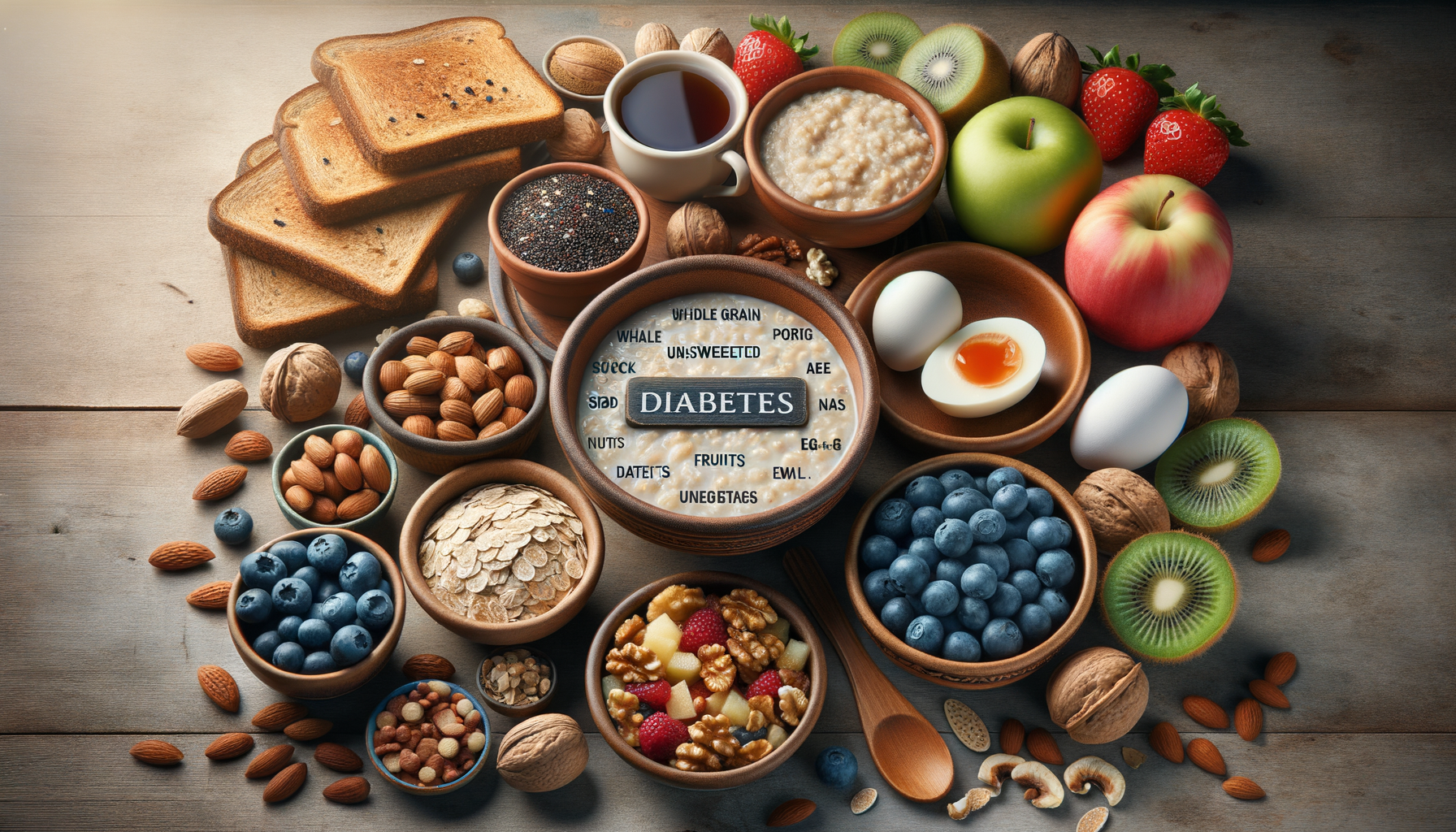Understanding Diabetic Meals: A Balanced Approach
Managing diabetes effectively involves a comprehensive understanding of nutrition and how different foods affect blood sugar levels. Diabetic meals are structured to maintain balanced blood glucose, which is crucial for preventing complications associated with diabetes. A well-planned diabetic meal typically includes a balance of carbohydrates, proteins, and fats. Carbohydrates have the most significant impact on blood sugar, so they are often the focal point when planning meals. However, protein and fats also play essential roles in maintaining satiety and providing energy.
To design a diabetes-friendly meal, one should consider the glycemic index (GI) of foods, which measures how quickly a carbohydrate-containing food raises blood glucose levels. Foods with a low GI are preferred as they lead to a slower and more gradual rise in blood sugar. Examples of low GI foods include whole grains, legumes, and non-starchy vegetables. Incorporating a variety of these foods in meals can help in managing blood sugar levels effectively.
Moreover, portion control is a critical aspect of diabetic meal planning. Even healthy foods can cause blood sugar spikes if consumed in large amounts. Using measuring cups or a food scale can help in managing portion sizes. Additionally, eating at regular intervals and avoiding large gaps between meals can aid in maintaining stable blood glucose levels throughout the day.
Breakfast Ideas for Diabetics: Start Your Day Right
Breakfast is often touted as the most important meal of the day, and for individuals with diabetes, it sets the tone for blood sugar management throughout the morning. A nutritious breakfast can help stabilize blood glucose levels and provide the necessary energy to start the day. Here are some breakfast ideas that are both delicious and diabetes-friendly:
- Oatmeal: Opt for steel-cut or rolled oats, which have a lower GI compared to instant oats. Add some nuts or seeds for healthy fats and a sprinkle of cinnamon for flavor.
- Greek Yogurt Parfait: Layer Greek yogurt with berries and a small handful of nuts or seeds. This combination offers protein, fiber, and healthy fats.
- Whole Grain Toast with Avocado: Top a slice of whole grain bread with mashed avocado and a poached egg for a balanced meal rich in fiber and protein.
These breakfast options are not only easy to prepare but also provide a balance of macronutrients that can help maintain stable blood sugar levels. Incorporating a variety of foods and flavors can make breakfast an enjoyable and satisfying experience.
Lunch Options: Keeping it Light and Nutritious
Lunch is an opportunity to refuel and keep blood sugar levels steady through the afternoon. For diabetics, it is important to choose meals that are rich in nutrients and low in simple carbohydrates. Here are some lunch ideas that fit the bill:
- Grilled Chicken Salad: Combine grilled chicken breast with a variety of colorful vegetables such as spinach, bell peppers, and cucumbers. Top with a light vinaigrette dressing.
- Quinoa and Black Bean Bowl: Quinoa is a whole grain that is high in protein and fiber. Mix it with black beans, diced tomatoes, and avocado for a hearty and satisfying meal.
- Vegetable Stir-Fry: Sauté a mix of your favorite vegetables such as broccoli, carrots, and snap peas with tofu or lean beef. Serve over a small portion of brown rice or quinoa.
These meals are designed to provide a balance of nutrients while minimizing the impact on blood sugar levels. By focusing on whole foods and incorporating plenty of vegetables, diabetics can enjoy a nutritious and fulfilling lunch.
Dinner Delights: Ending the Day with Balance
Dinner often serves as the main meal of the day, and for individuals with diabetes, it is essential to end the day with a balanced meal that supports blood sugar control. Here are some dinner ideas that are both tasty and diabetes-friendly:
- Baked Salmon with Asparagus: Salmon is rich in omega-3 fatty acids, which are beneficial for heart health. Pair it with roasted asparagus and a side of quinoa for a complete meal.
- Stuffed Bell Peppers: Fill bell peppers with a mixture of lean ground turkey, brown rice, and vegetables. Top with a sprinkle of cheese and bake until tender.
- Lentil Soup: Lentils are a great source of protein and fiber. Cook them with diced tomatoes, carrots, and celery for a hearty and warming soup.
These dinner options provide a balance of protein, healthy fats, and complex carbohydrates, making them ideal for maintaining stable blood sugar levels. Additionally, incorporating a variety of flavors and textures can make dinner an enjoyable experience.
Snacks and Desserts: Enjoying Treats Wisely
Snacking and desserts can be challenging for those managing diabetes, but with careful planning, they can still be enjoyed. The key is to choose snacks and desserts that are low in sugar and rich in nutrients. Here are some ideas:
- Nut Butter and Apple Slices: A small serving of nut butter paired with apple slices provides a satisfying combination of fiber and healthy fats.
- Chia Seed Pudding: Mix chia seeds with almond milk and let it sit overnight. Add a touch of vanilla extract and top with berries for a nutritious dessert.
- Hummus with Veggie Sticks: Hummus is a protein-rich dip that pairs well with crunchy vegetables like carrots, cucumbers, and bell peppers.
These snack and dessert options are designed to satisfy cravings while keeping blood sugar levels in check. By choosing nutrient-dense foods, individuals with diabetes can enjoy treats without compromising their health goals.




Leave a Reply